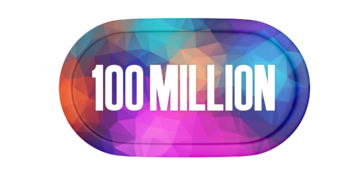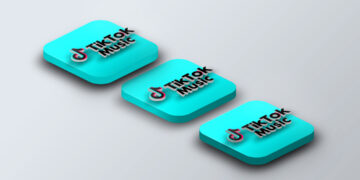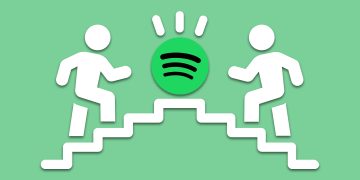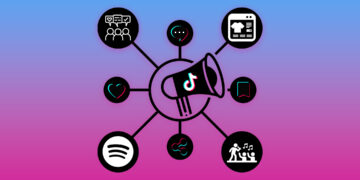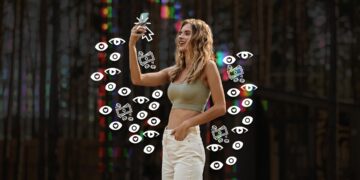How many artists actually make bank on Spotify?
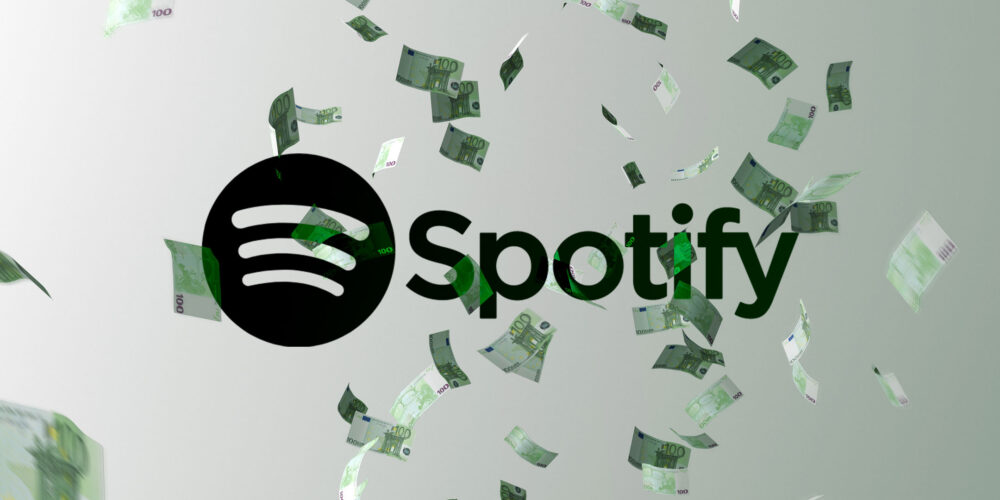
- There are 8 million artists on Spotify, but only 57k account for 90% of all streams
- 800 artists receive 20% of all payouts from Spotify
- Only 7,500 artists earn more than 100k per year through Spotify
Based on the newest numbers there are 60,000 songs being uploaded to Spotify every day. That’s almost 22 million tracks per year. A study has shown that of these, 1.2 million songs were released through major labels. DIY artists released 9.5 million tracks, meaning eight times as many. The remaining 11 million songs are covered by independent labels. But most of these songs drown in the flood of new music – because only a fraction of artists actually make bank.
57,000 artists account for 90% of streams
According to Spotify, there are 8 million artists on the platform who released a total of 1.8 million albums (including singles, they make up the aforementioned 22 million tracks). But out of these 8 million artists, only 57,000 are responsible for 90% of all streams on Spotify. That may sound like a small number, but it’s four times as many as it was six years ago. Spotify projects this number to go up to around 100,000 by 2023.
800 artists receive 20% of the total revenue
As of the status quo, it’s 0.7% of artists who rake in 90% of the revenues. At their “Stream On” event in 2020, Spotify announced that they paid out more than $5 billion. 4.5 billion therefore went to only 57,000 artists (or rather, their labels), which on average equals $79,000 per artist. But even among this this 0.7% elite there are massive differences: 800 artists received $1 million or more and 7,500 artists made over $100,000.
So, even in the top elite there are around 49,000 artists who made less than $100,000 per year, while only 0.1% of all artists made six figures. At the same time, a total of 800 artists received around 20% of the total payout.
The numbers emphasize why more and more artists are demanding a change in the way revenues are distributed. What such a system change can look like will be regularly covered in our iGroove magazine.


